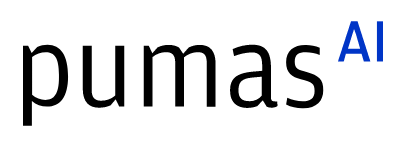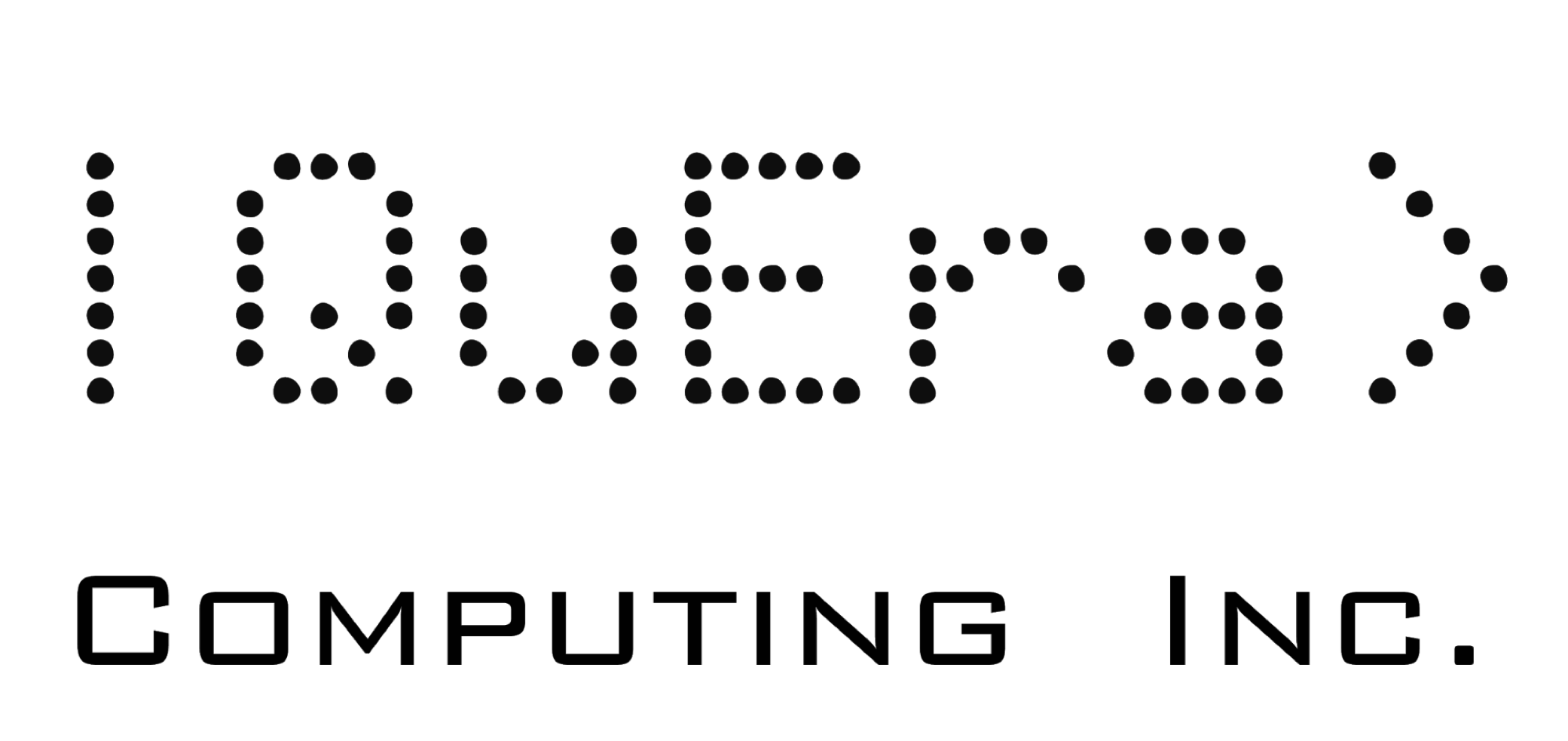Differentiable Earth system models in Julia
Patrick Heimbach, Nora Loose, Mathieu Morlighem, Boris Kaus, Chris Hill, Sri Hari Krishna Narayanan, Sarah Williamson
Abstract:
This minisymposium will feature the use of the differentiable programming paradigm applied to Earth System Models (ESMs). The goal is to exploit derivative information and seamlessly combine PDE-constrained optimization and scientific machine learning (SciML). Speakers will address (1) Why differentiable programming for ESMs; (2) What ESM applications are we targeting?; and (3) How are we realizing differentiable ESMs? Target ESMs include ice sheet, ocean, and solid Earth models.
Description:
The differentiable programming paradigm offers large potential to improve Earth system models (ESMs) in at least two ways: (i) in the context of parameter calibration, state estimation, initialization for prediction, and uncertainty quantification derivative information (tangent linear, adjoint and Hessian) are key ingredients; (ii) combining PDE-constrained optimization with SciML approaches may be performed naturally in a composable way and within the same programming framework. This minisymposium is organized in three parts (all speakers listed are tentative):
1/ Why differentiable programming for ESMs? Speakers will discuss the use of derivative information for PDE-constrained optimization in ice sheet (M. Morlighem, N. Petra), ocean (P. Heimbach) and solid Earth (B. Kaus) modeling; the use of SciML in the context of ESMs (J. Le Sommer, A. Ramadhan); The use of adjoints for sensitivity analysis and uncertainty quantification (N. Loose).
2/ What ESM applications are we targeting? The minisymposium will feature three ESM applications for Global ocean modeling (C. Hill); ice sheet modeling (J. Bolibar, L. Raess).
3/ How are we realizing differentiable ESMs? A key algorithmic framework is the use of general-purpose automatic differentiation. The Julia is developing a number of packages. ESM applications will likely push the envelope of the capability of existing AD tools. The minisymposium will present how these tools are being used in the context of ESMs (S. Williamson, M. Morlighem). Furthermore, specific algorithmic challenges in ongoing AD tool development will be highlighted (S. Narayanan/M. Schanen/...).
The minisymposium seeks to engage both the ESM and the AD tool communities to advance their respective capability. There will be time for discussion. Ideally we are targeting a 3-hour mini symposium.
Platinum sponsors



Gold sponsors


Silver sponsors








Media partners



Community partners


Fiscal Sponsor
